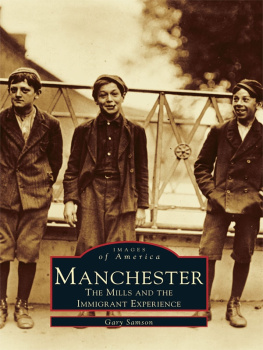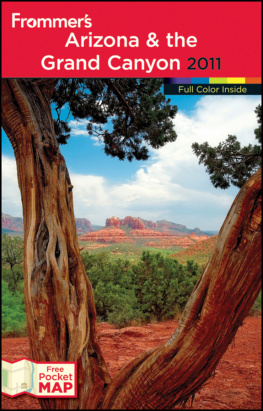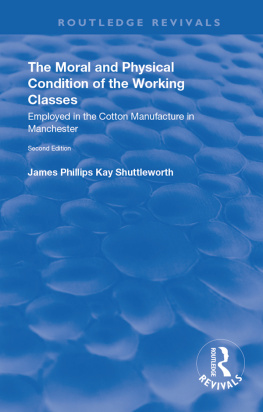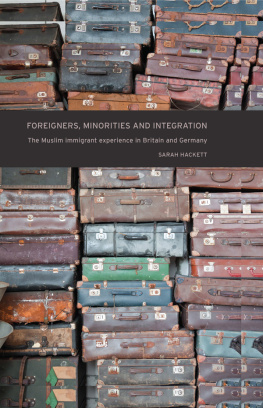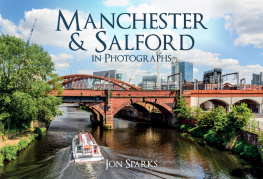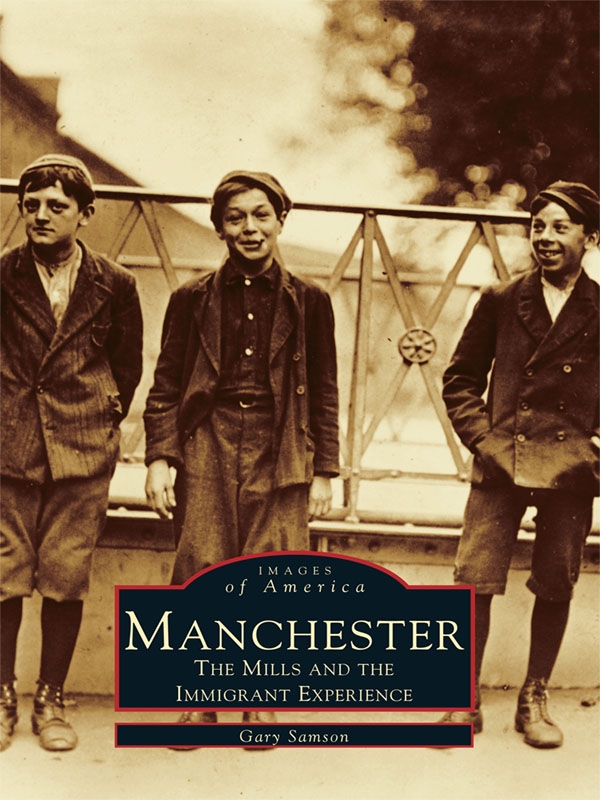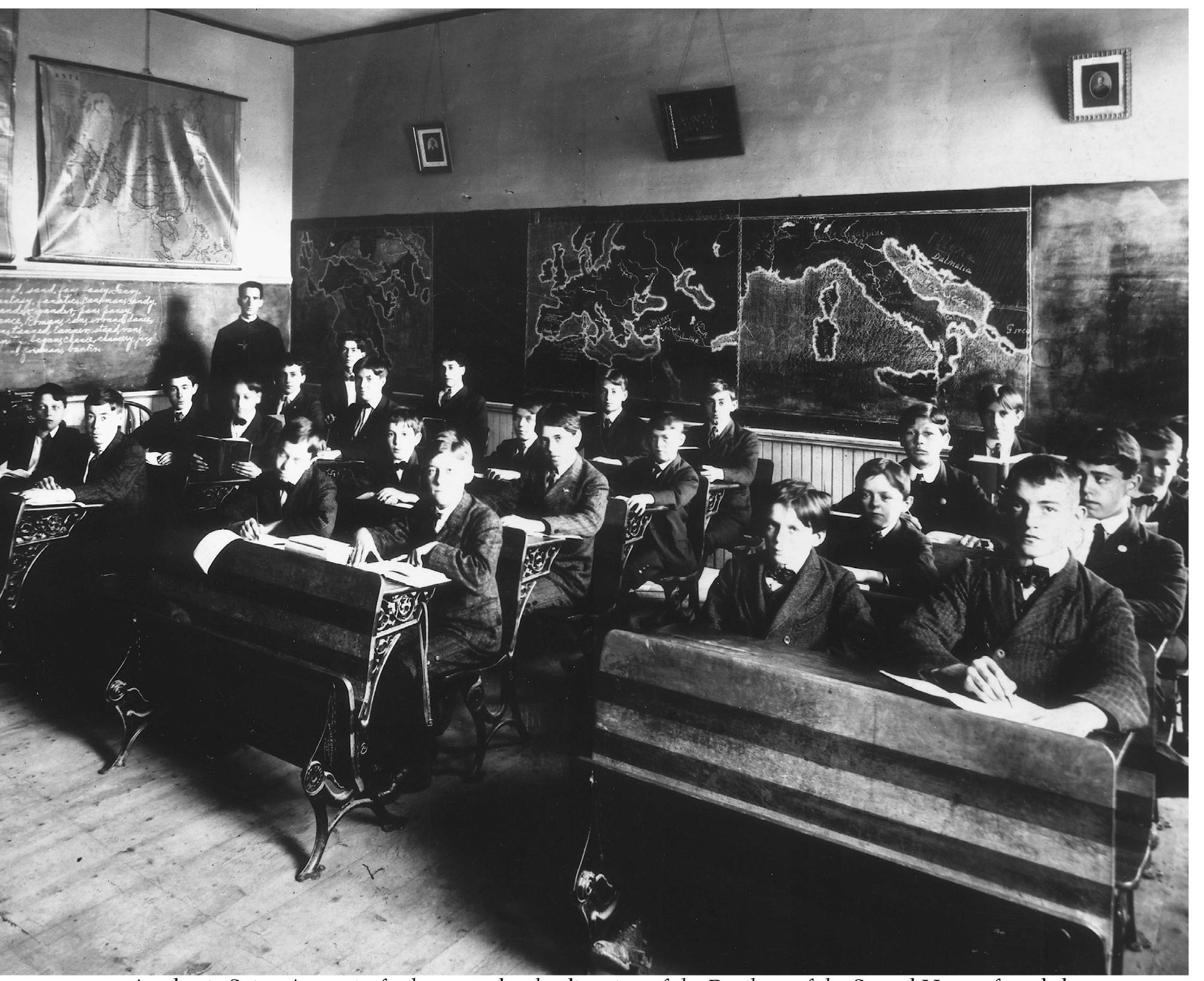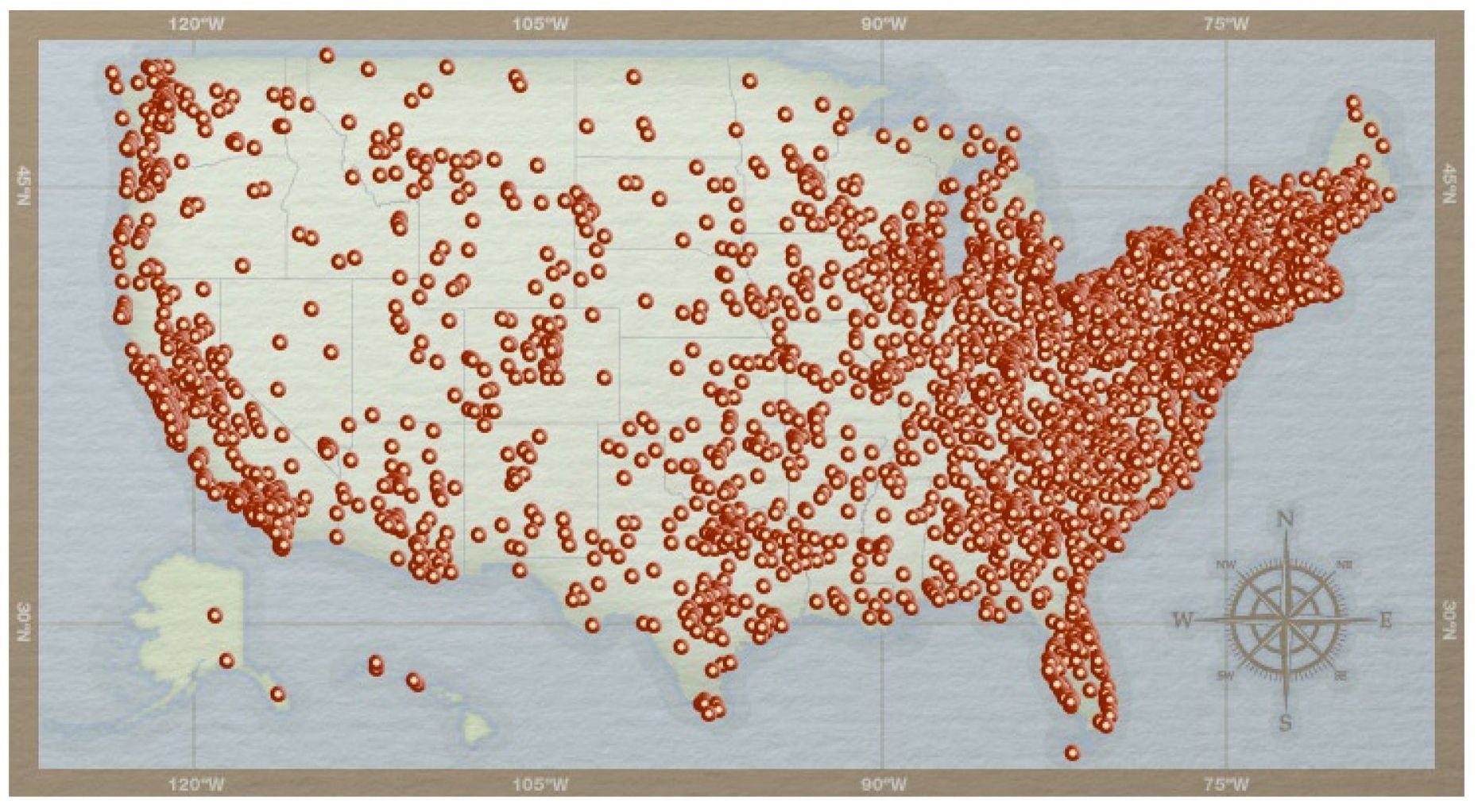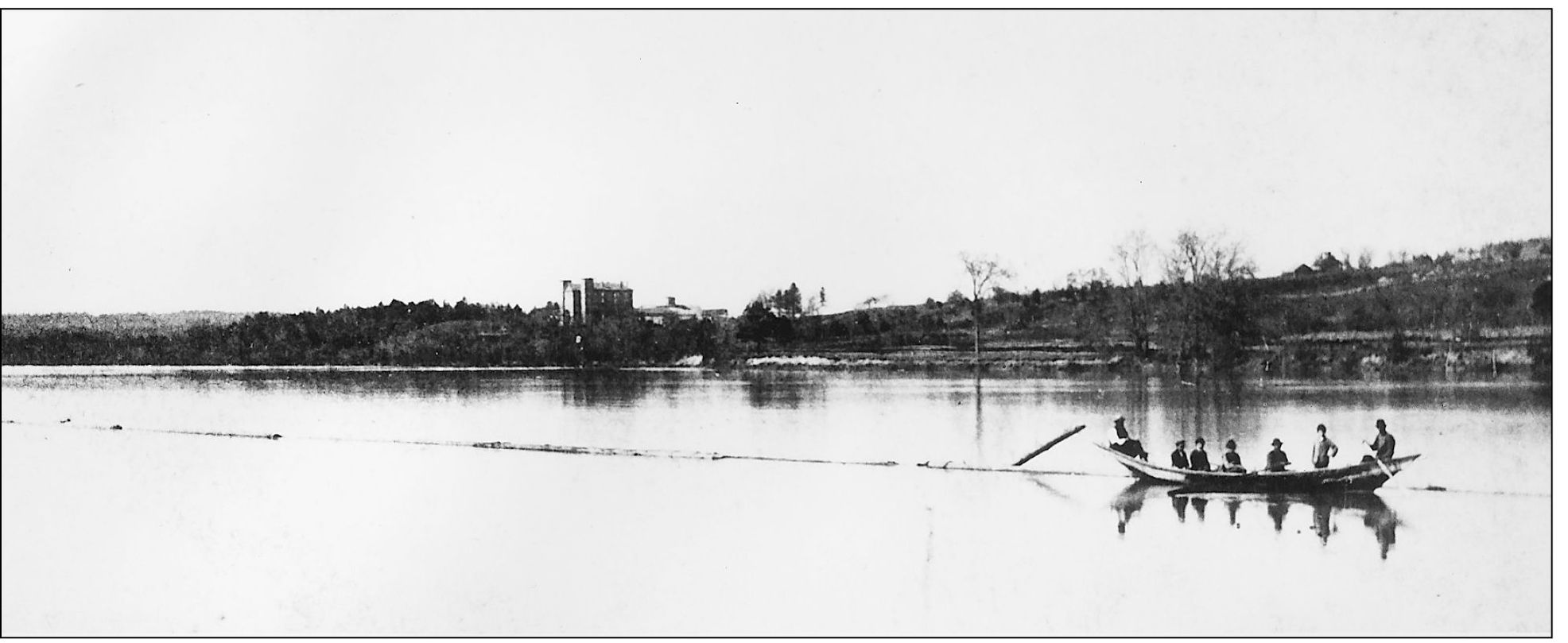The photographs that illustrate this history are largely the result of the generosity of the people of Manchester through the Manchester Visual History Research Project. Additional photographs were obtained from the Library of Congress, and the National Archives in Washington, D.C., as well as from the collections of Antoinette Bourgeois, Robert D. DeCotis, Robert B. Perreault, and the author. Access to these private holdings contributed substantially to the breadth of this book.
I would also like to thank the Manchester Historic Association for their co-sponsorship with the University of New Hampshire of the above-mentioned project, as well as the New Hampshire Historical Society, and Special Collections, Dimond Library, University of New Hampshire, for their helpful assistance.
Other individuals whose time and assistance are greatly appreciated include Alice Lacasse Olivier and Peter Randall.
I would especially like to thank Ron Scully of Arcadia Publishing, for his faith in the value of this book, and my wife, Michelle Cotnoir, for proofreading the manuscript and for her extraordinary patience and support during the preparation of this work.
BIBLIOGRAPHY
Amoskeag Bulletin , 1:6 (1913)9:11 (1921).
Amoskeag Steam Fire Engines . Philadelphia: Edward Stern & Co., 1895. Exact facsimile reprinted by Manchester Historic Association, 1974.
Anctil, Pierre. From Qubec to New England. Ovo Magazine ( Montral, Qubec), vol. 12, no. 46 (1982).
Bacon, George F. Manchester and its Leading Business Men, Embracing Also Those of Goffstown . Boston: Mercantile Publishing Company, 1891.
Blood, Grace Holbrook. Manchester on the Merrimack. Manchester, New Hampshire: Lew A. Cummings, Co., 1948.
Brault, Gerard J. The French-Canadian Heritage in New England. Hanover, New Hampshire: University Press of New England, 1986.
Browne, George Waldo. The Amoskeag Manufacturing Company of Manchester, New Hampshire: A History. Manchester, New Hampshire: Amoskeag Manufacturing Company, 1915.
Creamer, Daniel, and Charles W. Coulter. Labor and the Shut-Down of the Amoskeag Textile Mills. Philadelphia: Work Projects Administration, 1939.
Dunwell, Steve. The Run of the Mill . Boston: David R. Godine, Publisher, 1978.
Haraven, Tamara K., and Randolph Langenbach. Amoskeag: Life and Work in an American Factory City . New York: Pantheon Books, 1978.
Hopkins, Mary Alden. New England Mill Slaves. Good Housekeeping (September 1913).
Jager, Ronald, and Grace Jager. New Hampshire: An Illustrated History of the Granite State. Woodland Hills, California: Windsor Publications Inc., 1983.
Langenbach, Randolph. An Epic in Urban Design. Harvard Alumni Bulletin (April 3, 1968).
Manchester, the Queen City of New Hampshire. Manchester, New Hampshire: Mirror Press, 1903.
Newhall, Beaumont. The Daguerreotype in America. New York: Dover Publications Inc., 1976.
Newhall, Beaumont. The History of Photography. Boston: Little, Brown and Company, 1982.
Perreault, Robert, B. The Franco-Americans. Ovo Magazine ( Montral, Qubec), vol. 12, no. 46 (1982).
Pillsbury, Hobart. New Hampshire: Resources, Attractions and Its People. Vol. III. New York: The Lewis Historical Publishing Company, 1927.
Rayner, Paul. Lewis Wickes Hine: Progressive Photographer. Ovo Magazine ( Montral, Qubec) 26, (1977).
Rosenblum, Naomi. A World History of Photography. New York: Abbeville Press, 1984.
This view of the Jefferson Mill, as seen from the west bank of the Merrimack River, testifies to the constancy of the mills. Photograph by the author, 1988.
Samson, Gary. Ulric Bourgeois (18741963): Franco-American Photographer. Historical New Hampshire , vol. 46, no. 3, (fall 1991). New Hampshire Historical Society, Concord, New Hampshire.
Thoreau, Henry D. A Week on the Concord and Merrimack Rivers. Carl F. Hovde, editor. Princeton, New Jersey: Princeton University Press, 1980.
The Union Leader, 125th Anniversary Edition, Manchester, New Hampshire, (March 31, 1988).
Valade, Edmond J. The Amoskeag Strike of 1922. Durham, New Hampshire: University of New Hampshire, Unpublished Masters Thesis, 1964.
Vicero, Ralph. Immigration of French Canadians to New England, 18401900. A Geographical Analysis . Ann Arbor, Michigan: University Microfilms Inc., 1968.
Acadmie Saint-Augustin for boys, under the direction of the Brothers of the Sacred Heart, founded in 1889. Photographer unknown, circa 1905. (MVHC)
Find more books like this at
www.imagesofamerica.com
Search for your hometown history, your old
stomping grounds, and even your favorite sports team.
One
MANCHESTER AND THE MERRIMACK RIVER
Throughout the history of mankind, water has served as a gathering place for the peoples of the world. The Merrimack River is no exception. The water source that eventually powered the Industrial Revolution in New Hampshire also gave sustenance to the Penacook people and their many divisions prior to their discovery by early European explorers. Unfortunately, few sites on the banks of the Merrimack have been the subject of professional archaeological studies. As a result, there is a minimal amount of information with which to reconstruct the lives of these native peoples of the Northeast.
It is known that the Penacooks and the Abenakis, for the most part, shared the territory from northeastern Massachusetts to Maine, with the Penacooks occupying most of New Hampshire. This northeastern confederacy, the most powerful east of the Mohawks, was led by Passaconaway and consisted of the Agawan, Wamesit, Nashua, Souhegan, Amoskeag, Penacook, and Winnipesaukee tribes. Like all New England Indians, these two tribes belonged to the Algonquian family. They were also divided into smaller, local groups along the Merrimack, with the Penacook tribe predominating in the area of Concord, New Hampshire.
Passaconaway spent part of each year at the Amoskeag Falls. The Amoskeag, or Nemaske, Falls derives its name from the fact that it was a great fishing center for the Indians. Namaos, meaning a fish, and auke, a place, well described the importance of this area to the original inhabitants, for even if their harvests and traps failed them, Namaske, the fishing place, never did. The Falls were considered the best fishing grounds between Pawtucket and Winnipesaukee.
In preparation for the fishing season, a weir was constructed consisting of a line of sturdy stakes extended across the river at 10- to 12-foot intervals. These were interwoven with birch tops and other brushwood in order to form an effective barrier. A narrow passage was left on one side of the stream so that the fish were free to pass through. Historians are relatively sure that a scientific pamphlet published in London at the beginning of the eighteenth century, however, mentions the Falls, so we do know that subsequent visitors knew of them.

